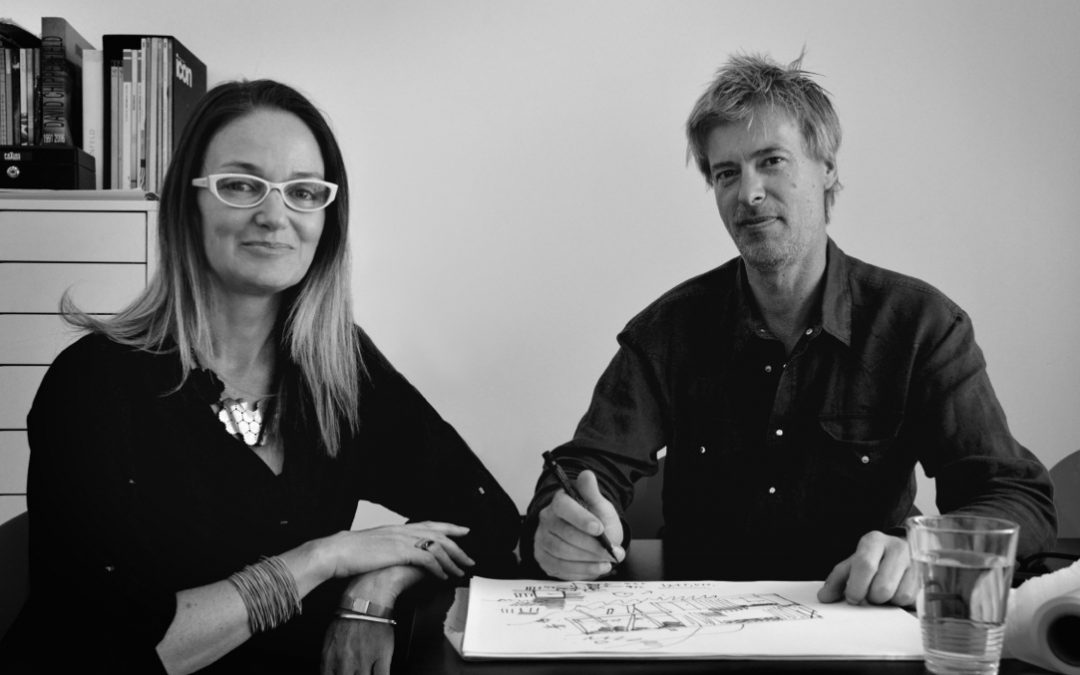Few architects exploit the potential of the web. Most use their websites as little more than a brochure.
MyArchitect is an exception.
Founders Robert Harwood and Cate Rayson use their website, MyArchitect, to demystify architecture. In doing so, they have found a niche among clients who thought engaging an architect was simply out of their price range.
The best content marketing is based on a desire to change the status quo. Harwood’s is sufficiently grand: to reposition architecture from elitist to everyday.
Harwood, who worked in London with Rayson for eight years before returning to Australian in 2009, says architecture in Australia is positioned as a luxury. “Architects have marketed themselves as high-end, and the Institute of Architects works this way as well,” he says. “In England, architecture is seen as quite technical and about getting things through approvals. The design side is not really a major thing you market yourself on.”
On their mission to see good design become more widespread, Harwood and Rayson have built their website and content marketing campaign – a fortnightly newsletter and blog – to explain their profession step by step.
“Our thinking was that architects can be involved in a lot of projects, but people don’t have to use them for the whole project,” Harwood says. “You can break it down into parts. The idea is that if an architect is involved in a small part of your project, it will benefit. And architects are missing out, with their all-or-nothing approach.”
Since launching in 2009 (in the midst of the downturn), Harwood and Rayson have added another six architects to their team, and are delivering a wide array of projects using their step-by-step, pay as you go approach.
The first step is a “master plan package”. It involves a visit to the client’s site, and, after taking a brief, developing on-the-spot concept drawings, there and then.
About 25% of clients move on to the next step – the action plan – which involves several stages of getting the project through the approval process and built. About one in every 15 clients goes right the way through. “Some will take the concept drawing to a local builder and that is fine. At least we have got the direction right. Others will say take it to the town planners. That can be the trickiest stage.”
Once a fortnight, Harwood drafts a small feature about an aspect of architecture, which Rayson polishes, sends out to email subscribers and posts on the MyArchitect blog. “Light and space are interesting subjects,” Harwood says. “When people start reading about them, they understand how light can change our lives and the quality of a space. We did a story about [historic] detailing in architecture and what they mean traditionally.”
It’s all part of the company’s program of encouraging home renovators or builders to involve architects in at least some of the process.
Harwood says he doesn’t care what his peers think of his approach. He is determined to overturn preconceived ideas about architect and convert more Australians to the idea of using architects. But he would like to see the Institute change its approach to promoting architecture. “They should not just be putting up awards. When they do residential stuff, they do houses that are worth $5 million or more, making it look elitist. We very rarely see a good piece of design at the general public level.”
Photo: Cate Rayson and Robert Harwood

